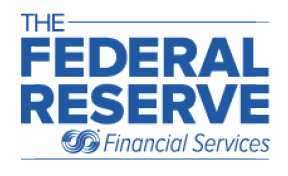Boosted by e-commerce sales, growth in credit card payments far outpaced growth in debit card and automated clearing house payments in 2016, according to newly released findings from the Federal Reserve.
Credit card transactions grew 10.2% from 2015’s levels to 37.3 billion and were valued at $3.27 trillion, the Fed reported Thursday. Credit cards’ annual transaction growth rate accelerated from the 8.1% average rate from 2012-15, according to the Fed.

So far, the growth in credit card usage since the end of the recession of nearly a decade ago hasn’t caused much of an uptick in chargeoffs. The average credit card chargeoff rate for all commercial banks, not seasonally adjusted, was 3.37% of receivables in the third quarter, up from 2.86% a year earlier but still far below the post-recession peak of 10.97% in 2010’s second quarter, according to data from the Federal Reserve Bank of St. Louis.
In contrast to credit cards, debit cards saw their growth rates slow. Debit transactions increased 6% from 2015 to 2016 and their value grew 5.3%. That was down from annual averages of 7.2% and 6.9%, respectively, in the 2012-15 period.
The ACH’s growth rate picked up last year to 5.3% by transactions and 5.1% by value. Respective growth rates for 2012-15 were 4.9% and 4.1%.
Checks continued their decline last year. The number of commercial checks paid, excluding Treasury checks and postal money orders, fell 3.6%, and the value of the checks slipped 3.7%.
In other findings, the Fed says payment fraud is shifting in a big way from the point of sale to remote channels—clearly a result of the growth of EMV credit and debit cards coming to consumers’ wallets in the past two years. The new data reveals “a shift in the value of payments fraud using general-purpose cards from predominantly in person, estimated at 53.8% in 2015, to predominantly remote, estimated at 58.5% in 2016,” the release says. “This shift can also be attributed, in part, to the reduction in counterfeit card fraud, the sort of fraud that cards and card-accepting terminals using computer chips instead of magnetic stripes help to prevent.”
The supplemental findings for 2016 came from two major sources—a survey of 81 payment networks, processors, and card issuers to which 61 organizations responded, and another survey of 117 depository institutions to which 71 responded, a Fed spokesperson says.





